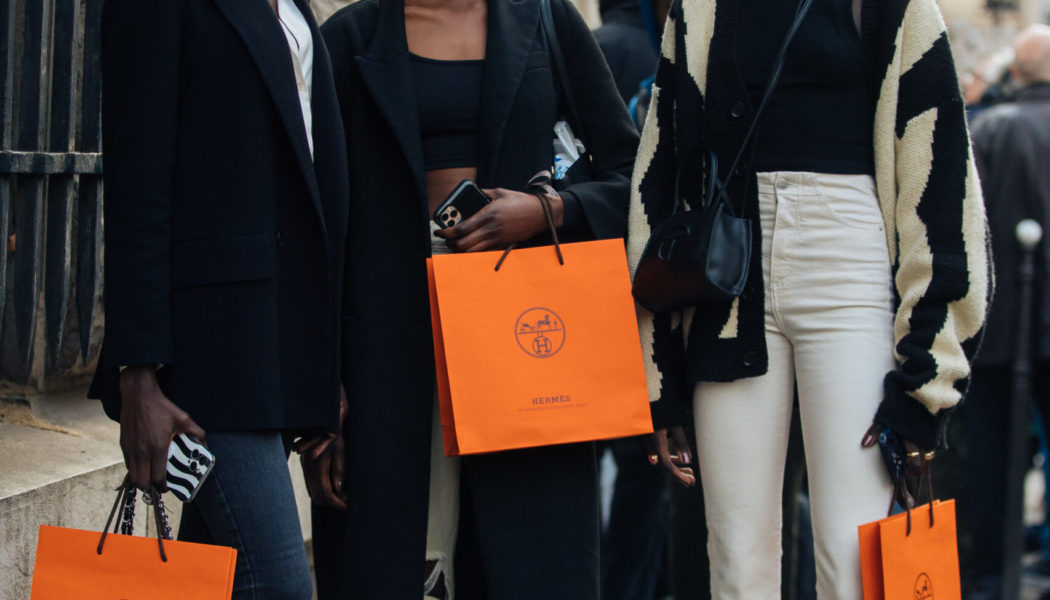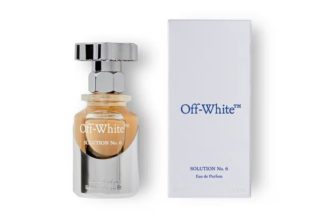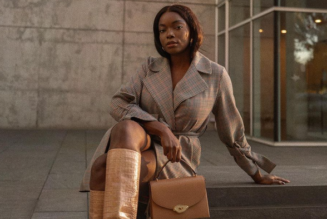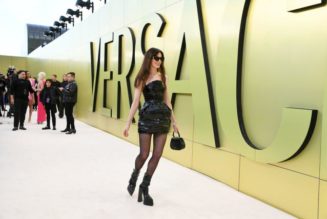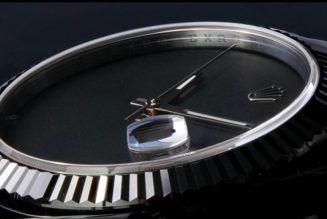What subsidises this lack of knowledge is the faith we have in brands. These days, this can be acquired through various channels—ambassador alignment, tasteful marketing, social associations, etc. The ‘Veblen Effect’, whereby higher price points can actually increase consumer demand, also has a significant impact on fashion consumption. Take Mary-Kate and Ashley Olsen’s The Row, which saw its early press focused mainly on its exorbitant prices. These numbers haven’t decreased but continue to capture consumers’ attention, many of whom will now happily save up their hard-earned money to become customers.
When we attribute value to a brand, there is a psychological phenomenon at play. A 2019 study conducted by Yale University determined that a desire for authenticity actually develops early
in childhood. When researchers tried to persuade kids to adopt a duplicate of their favourite toy, most refused to accept the changeling. As adults, our sentimentality towards certain purchases evolves in that we appreciate newness, but our quest for authenticity can look like a preference for brands with a trusted perception of quality over outliers. And as we grapple with rising costs of living, perhaps our trust in brands and the figures who endorse them is all we can really rely on.
“In a cost of living crisis, whether or not you still have a lot of disposable income, you are going to be more mindful of what you’re buying,” says Cheong. “You’re going to want to buy something that, to you, is a sound investment, and that’s where established luxury comes to mind.”
Solca echoes this sentiment, noting that in being prompted to be more conservative with our money, it’s natural to look to luxury as worthwhile spending.
“Consumers spending less become choosier and concentrate their spend on a smaller number of must-have brands,” he says. And they’re right to think so. Just look at Chanel’s classic bag styles. Retail prices may be going up year-on-year, but their resale value is indisputable. In fact, according to Sotheby’s, the average, well-maintained Chanel bag increases in value by 10-15 percent every year, proving that when it comes to some luxury purchases, you really are buying into an investment with proven returns.
Recent research from Vestiaire Collective’s 2024 Circularity Report even revealed that second-hand luxury is more cost-effective in the long run. Conducting a consumer survey with 13,400 participants from around the world, the French resaler analysed and compared the longevity of second-hand clothing against new fast fashion, with results showing that across all categories and price points, “high-quality second-hand fashion items offer around 33 percent lower cost-per-wear compared to fast-fashion items, and are worn twice as often, on average.” It also found that consumers keep their second-hand products on average 31 percent longer, contributing to this lower cost-per-wear.
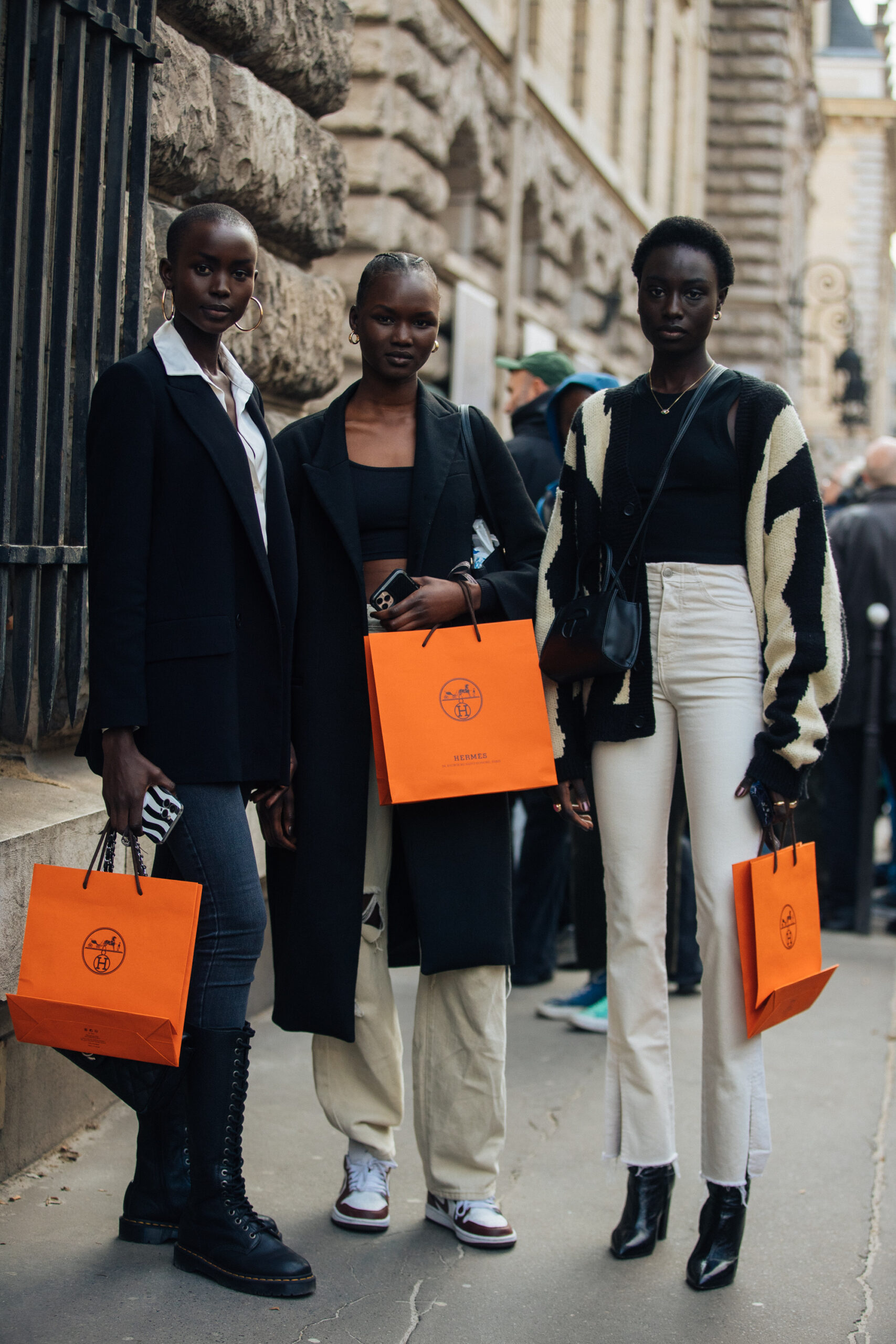
Luxury, by its very definition, is not something we’re supposed to afford with ease. Even the permissibility of ‘affording’ goods is something many of us struggle to reconcile with. In a culture that rewards consumption, the cognitive dissonance of accepting that we may have $4,000 in our bank accounts but might not be able to afford a $4,000 shirt is where our boundaries are perhaps becoming blurred.
There are many social factors feeding into our desire to own whatever we want, but the state of our global economy urges us to be more mindful of what’s driving our purchases. The cost of living isn’t getting any lower, and salaries aren’t getting any higher. And though it’s an innately human experience to seek out life’s little luxuries in dire times when facing crippling financial uncertainty, it’s easy to get swept up in it all. As Cheong acknowledges, mindless consumption has left us disconnected from our possessions, often leading us to feel that we have nothing to wear despite possessing a wardrobe brimming with clothes. In her experience, the more we are able to meaningfully engage with our purchases, the more confident we can be in getting dressed.
“We use clothes to communicate who we are, but if we can’t explain where our choices come from or [wholly] back them, then of course we’re going to feel unsure or forget about them altogether,” she says. “When we can show up to the world with the vocabulary of knowing ourselves through our choices, we’re forming the foundations of our style.”
This doesn’t mean avoiding fast fashion altogether; rather, she urges that we take the time to consider our options instead of chasing trends at the speed at which they’re served to us.
“Overconsumption has been so normalised. It’s so common for us to spend all our disposable income and not feel like we have control over it,” she says. “It’s such a toxic relationship to have with fashion, and we need to heal from this.”
Even if my salary doubled—tripled, even—four grand will never be ‘plain white shirt’ money. And while seeing it sell out does sting a little, like seeing a crush with someone else, there is a kind of healing in appreciating the beauty and value of its craftsmanship while accepting that it’s simply not for me. And that’s ok.
THIS FEATURE IS PUBLISHED IN GRAZIA’S 18TH PRINT EDITION. ORDER YOUR COPY HERE.
